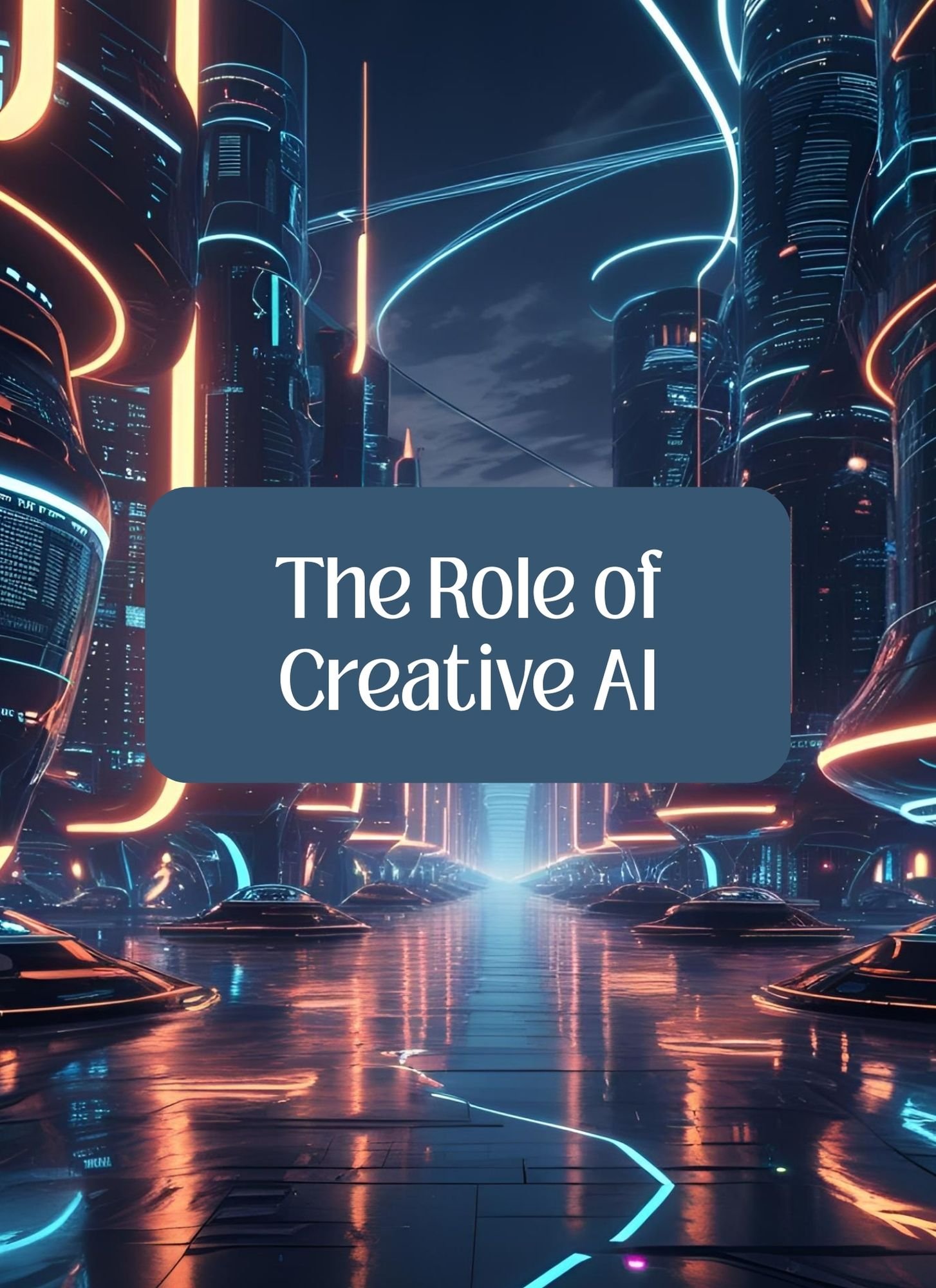As AI continues to evolve, it poses both challenges and opportunities for creatives. How can you leverage AI while preserving the essence of human creativity? Let’s consider an intriguing role of technology and artistry.
AI's Impact on Creative Industries
Artificial intelligence has made substantial inroads into various creative domains, from graphic design to music composition and even journalism. According to a report by PwC, AI could contribute up to $15.7 trillion to the global economy by 2030, with significant inroads in media and entertainment sectors.
AI tools can now generate artwork, write coherent articles, and even compose music. These capabilities have prompted discussions about the necessity and role of human creatives.
Source: PwC’s Global Artificial Intelligence Study: Sizing the prize
Yet, AI's ability to mimic human creativity is not without its limitations. While algorithms can process vast amounts of data and generate outputs at unprecedented speeds, they lack the emotional depth and personal experiences that inform authentic human creativity. This uniqueness is where human creatives continue to shine.
The Unique Value of Human Creativity
Human creativity is a blend of emotional intelligence, cultural context, and personal experience, aspects that AI cannot replicate. While AI can analyze data to predict trends or simulate artistic styles, it cannot understand the human emotion of storytelling. Human creatives bring empathy, intuition, and a deep understanding of cultural and historical contexts to their work, which resonates on a personal level with audiences.
Moreover, the creative process often involves serendipity and experimentation—qualities that are inherently human. It is in the mistakes and unexpected paths that new ideas are born. These “happy accidents” fuel innovation and originality, driving the creative industries forward.
Adapting and Thriving Alongside AI
For human creatives, the key to thriving in an AI-driven world lies in collaboration rather than competition with technology. Here are a few strategies for creatives to adapt and capitalize on AI advancements:
- Embrace AI as a Tool: Instead of viewing AI as a threat, creatives can use it as a tool to enhance their work. AI can handle repetitive tasks, freeing up time for creatives to focus on ideation and conceptualization. For instance, AI-powered software can assist graphic designers by generating multiple design options based on predefined criteria, allowing them to explore a wider array of creative possibilities.
- Focus on Emotional Intelligence: As AI takes on more technical tasks, the demand for emotional intelligence in creative work increases. Creatives should hone their ability to connect with audiences on a deeper level, crafting narratives and experiences that resonate emotionally.
- Lifelong Learning: In an ever-evolving technological landscape, continuous learning is crucial. Creatives should stay informed about the latest AI tools and trends, seeking training opportunities to integrate these technologies into their skill set. This proactive approach ensures they remain competitive and relevant.
- Cross-Disciplinary Collaboration: By collaborating with technologists and AI specialists, creatives can push the boundaries of what’s possible. These partnerships can lead to innovative projects that blend art and technology in novel ways.
Conclusion
The integration of AI into creative industries is not a harbinger of obsolescence but rather an invitation to evolve. By embracing AI as a collaborative partner, creatives can amplify their unique talents and continue to produce work that is both innovative and deeply human.
As we stand on the cusp of this new era, it’s crucial for creatives to remain adaptable and open to the possibilities AI presents.
Let’s engage in a conversation about how we can harness AI to enhance the creative process while preserving the irreplaceable essence of human creativity.
How are you adapting to these changes in your creative endeavors?



Comments ()